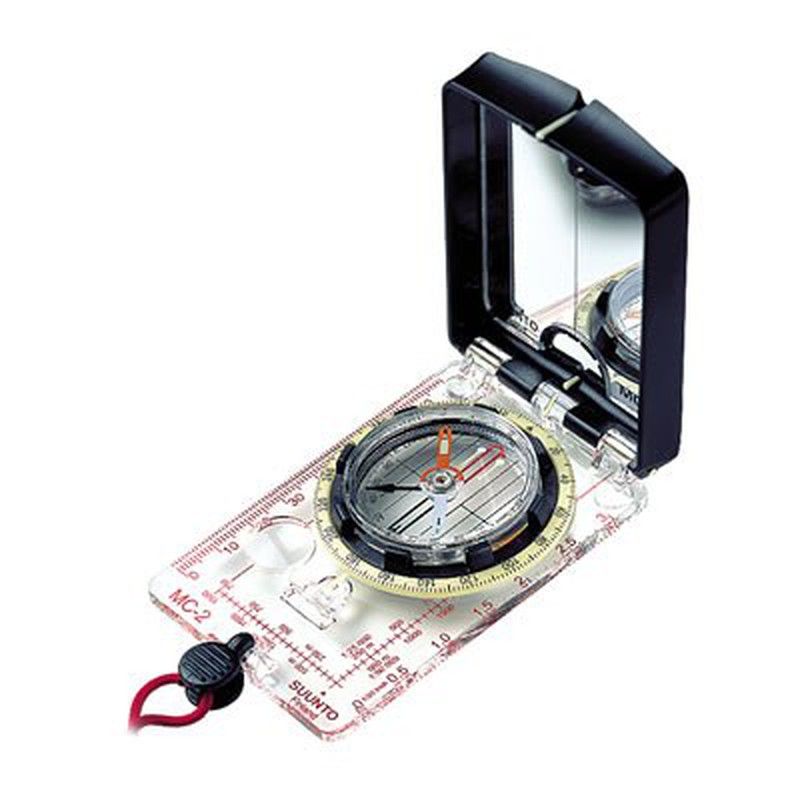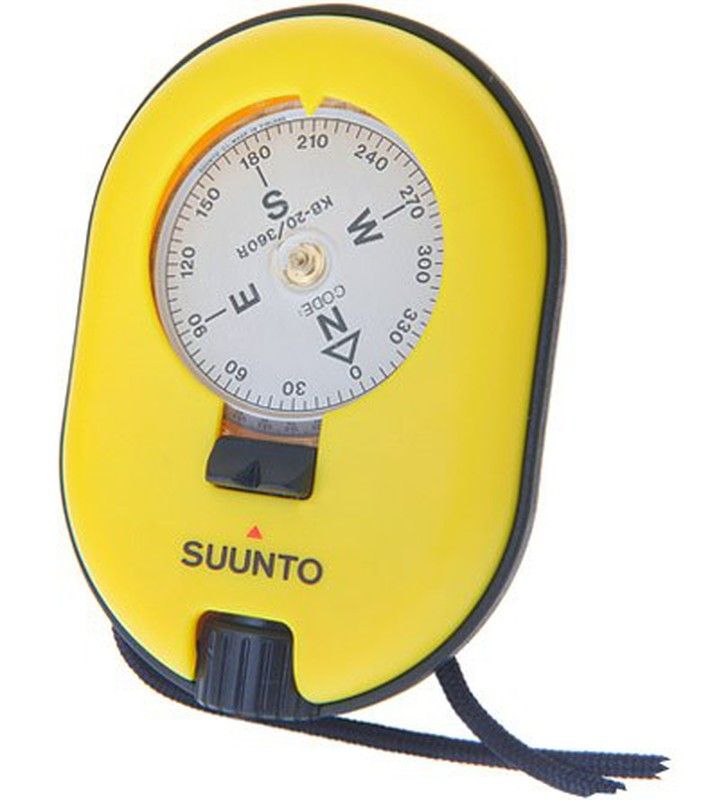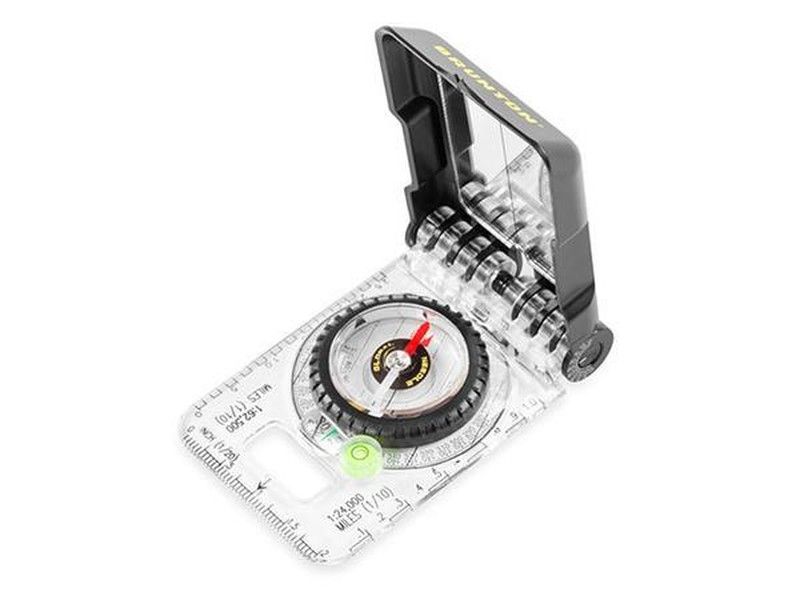The Secrets of Compass Orientation
Everything you want to know about the compass and how to use it

A compass is an orientation instrument that uses a magnetized needle to mark the Earth's * magnetic north. Thus, we harness the power of terrestrial magnetism to transform it into an indication of orientation and to establish points, milestones or set a certain course . We must say that a compass brings us many more functions than that of marking the north.
Your measurements are valid because the magnetic north corresponds to the geographic north . This happens in a large part of the terrestrial territory, except in the polar regions (NYS), where the magnetic field lines converge and the use of the compass is totally useless. On the market there are compasses calibrated for the northern hemisphere, southern hemisphere and global.
* There are three types of north: magnetic, geographic and north of the map
** Known as the angles to magnetic north
The compass is a Chinese "invention" of the 9th century , and its main function was to improve nautical orientation, the means by which the main expeditions and trade passed.
In the current market, and of course also in Raig, there are three types of compasses:
- Cartographic
- Lensatic
- Finger
1) The cartographic compass is the one used in conjunction with a cartographic map. The fundamental characteristic is that it is transparent, in order to see the map through it. It consists of different elements:
- Magnetized needle: Marks magnetic north
- Rotating blade: Circle with degree measurement, 0º-360º.
- North Arrow : Arrow pointing north on the rotating limb.
- Auxiliary lines: Inside the limbus and parallel to each other and to the north arrow. To work with meridians on the map.
- Direction mark : Mark or arrow, which is used to determine our direction when obtaining bearings.
- Transparent base: makes it easier to read the map through it
- Scales: Special rules for measuring distances on maps at various scales.
2) Lensatic Compass: Also known as a military or marching compass, since it is primarily intended to mark courses to distant points. They are more accurate compasses than the previous ones. It consists of different elements:
- Floating blade with magnetized needle: A lensatic compass has the magnetized needle built into the floating blade. The limb of these compasses is divided into sexagesimal degrees and into thousandths or thousandth artillery degrees.
- Moving crown gear: It is the independent moving circumference of the limbus. Contains a light mark for measurements. It has 120 teeth or notches. If we divide 360º between these 120 notches, it tells us that each notch is equal to 3º, each click of the crown is 3º.
- Fixed light mark: Mark that determines our course measured in limbo.
- Wire and Rear Sight: These two parts work together to aim the target more precisely.
- Lens or magnifying glass: It facilitates the reading of the degrees of our course in limbo.
- Luminous marks: They are used to use the compass in low visibility conditions.
3) Finger compass: They are one of the simplest types of compass, but at the same time very useful in mountain sports and orientation races. They are held with the thumb and are also used on the map to define the course or objective.
* Bibliography: http://deperdidosalbosque.blogspot.com.es/, Types of compasses.
There are some variants or modified types of compasses, such as nautical compass adaptable to boat or kayak. It is a special type of lensatic compass, which is usually mounted on the ship or mounted on a support. The floating limbus is divided into degrees with more or less precision, it also indicates the cardinal points and they have the property of fluorescent night lighting.
Some compass models also incorporate accessories, such as a magnifying glass, level and clinometer , which helps us determine the inclination of the terrain or a geological stratum.
The map and the compass are two key elements if we want to go on an excursion, they will be our life insurance in case we get lost .
The use of cartographic compasses is recommended. To orient ourselves on the terrain and map, we have to match the magnetic north that the compass is marking us with the north of the map grid. We will do this in two easy steps:
First we will match the north-south lines of the limbus with the vertical lines of the map and then, without touching the compass, we will rotate the plane until the magnetized needle coincides with the north mark of the limbus.
If we use a lensatic compass (not transparent), we will put the compass side parallel to the vertical lines of the map and then rotate the map until the north needle of the floating limb reaches the black line.








Opinions of our clients
Receive our news